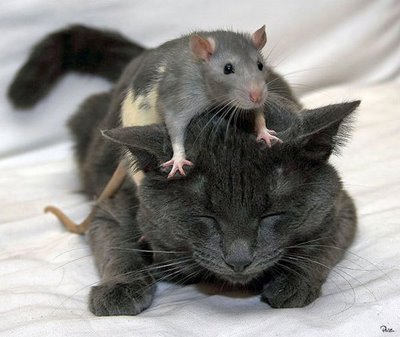Markus Meissner research paper activity
14-Sep-2011
Apicomplexans have special mechanisms that allow them to move around and invade other cells. Understanding these is the first aim of his research, says Dr Meissner.
In this final activity we're going to start looking at Markus's research in a little more detail.
 So far we've talked about what he does and why, with a little bit about how he does it.
So far we've talked about what he does and why, with a little bit about how he does it.
You might think that's all that can be done in school with cutting-edge research like Markus's.
Molecular biology is highly technical and much of it isn't part of school science or even undergraduate university science. Then again research is a team effort and a single scientist rarely makes big breakthroughs on his or her own. Instead they contribute parts of the jigsaw that whole groups of people are putting together.
This too makes it hard to see the whole picture.
But that doesn't mean we can't get a grip on how Markus does his research or what he has been finding out.
Making sense of science
Scientists report their work in scientific papers published in journals. They write these so that other scientists can understand exactly what they did and what they found out.
That means these papers can be difficult for non-scientists to read and understand.
But it is possible to get lots of information from a scientific paper, even if you're not a scientist. We're going to take a first look at how, using techniques from two different fields - language learning and journalism. You've already met some of these techniques in earlier Real Science activities, in the basic lesson plans and in the discussion and research activities.
 Journalists often write about things they know little about when
they first take on an assignment. But what they write still needs to make
sense and be backed up by knowledge and understanding. They often get
sent huge technical reports, which can be as hard to follow as
scientific papers.
Journalists often write about things they know little about when
they first take on an assignment. But what they write still needs to make
sense and be backed up by knowledge and understanding. They often get
sent huge technical reports, which can be as hard to follow as
scientific papers.
The secret is to learn the essentials fast, ask the right questions and relate what you learn to what you already know. And never read every word.
DARTs and linguistics
Two sources of valuable techniques in tackling new science belong broadly to the field of applied linguistics. They are directed activities related to text - DARTs for short - and reciprocal reading, the foundation of the basic lessons plans we provide for each science story.
The basic idea in both is to make reading interactive, interesting and easier to understand. So a lot more of what we read will stay in our memory.
The linguistic analysis of science research stories such as Markus's into different statement types, which we did in the basic lesson plans, is a form of directed activity related to text. We're going to build on that here.
Statements about science
research, as we've seen, can be placed in one of a dozen
categories. Here they are again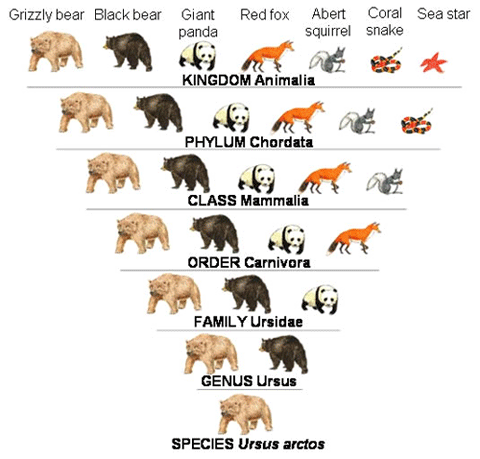
1. New finding or development – what's new?
2. Accepted knowledge – what's old?
3. Methods or technology – how they did it
4. Possible application – what we can use it for
5. Aims of the research or reasons for doing it
6. Hypothesis
7. Evidence
8. Prediction
9. Future work
10. Question
11. Issue, analogy, speculation, scenario, point for discussion
12. Personal or other non-science statements
So how does this help us in tackling a piece of scientific writing we know nothing about? Well it gives us the hooks we need to hang it on. It takes us a big step along the road to understanding the science.
And it guides us to ask the right questions to get the gaps in our knowledge filled.
Statement category activity
Let's have a go.
In your groups try classifying the statements in this short story from Science Daily about how Toxoplasma gondii makes rats less scared of cats, so it can continue its parasitic lifecycle.
 Use coloured pencils, numbers, letters, notes in the margin or any other method that appeals to you.
Use coloured pencils, numbers, letters, notes in the margin or any other method that appeals to you.
Although it might not seem so, this is a much harder piece of writing for young learners than our news story about Markus.
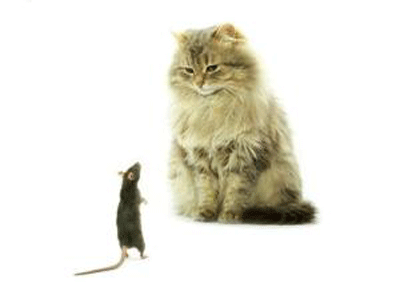 The reason is the level of language used in it. If we run it
through Word's built-in readability checker we find it has a Flesch
Reading Ease of 25.1 and a Flesch-Kincaid Grade Level of 12.0. Using
this online readability tool it comes out even worse, with a Flesch-Kincaid grade level of 14.9 and a Gunning Fog index of 17.8.
The reason is the level of language used in it. If we run it
through Word's built-in readability checker we find it has a Flesch
Reading Ease of 25.1 and a Flesch-Kincaid Grade Level of 12.0. Using
this online readability tool it comes out even worse, with a Flesch-Kincaid grade level of 14.9 and a Gunning Fog index of 17.8.
What all this means is that this story is unreadable for the vast majority of young learners whether they understand the science or not..
The statement-categorising DARTS exercise helps us to get to grips with the content. Have a go and then take a look at what we thought
This is not necessarily a better answer than yours. There are
bound to be disagreements. Telling the difference between a new finding
for instance and a hypothesis can be hard, sometimes - even for the
scientists doing the research.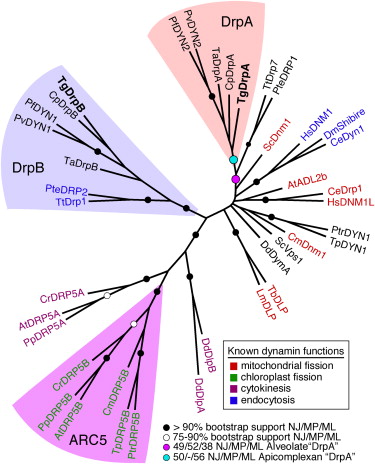
But talking about a disagreement like that, and figuring out which kind of statement it is and why, is very useful in understanding how science works. Differences of opinion should be seen as opportunities for discussion, not errors to be corrected.
Scientific paper
So now let's use these methods to take a first look at one of Markus's published papers. It's called "A Novel Dynamin-Related Protein Has Been Recruited for Apicoplast Fission in Toxoplasma gondii". Have a quick scan through this paper and share your first impressions with your group and with your teacher. Write a few of these comments down and keep them for later.
Now in this activity we're going to get over a few of the barriers to our understanding of this paper
First there are the words. Let's take a look at the Summary to the paper, which we've taken out and put into our Real Science format.
In a scientific paper such as this, a large number of the words can be unfamiliar, which seems to make understanding impossible. But let's take things a step at a time.
To start with we provide pop-definitions for a fair number of the hard words. These should help get the first glimmerings of meaning from the text. At the foot of the story we also provide pop-up meanings for hard words used in the pop-up meanings in the text.
The following extract for example becomes a bit easier to follow when you know what endosymbiotic, alveolate, ancestor and alga mean "an endosymbiotic relationship between the alveolate ancestor and a red alga."
Questions from categories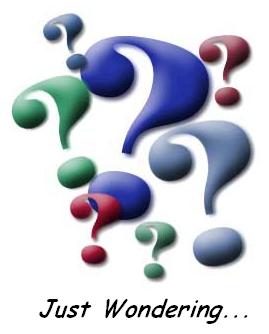
We're going to add a new element now, which is possible because Markus has agreed to take part in this project.
In your groups you're going to put together questions, as you did for your colleagues with reciprocal reading. But this time it's questions that will help us understand the research behind the scientific paper - questions for Markus.
Once we've got all your questions we're going to get Markus to answer them, through a video link or in person.
So how do we get good questions to put to a scientist about a paper he has written that we only dimly understand? We start by asking questions of the text ourselves, using our statement categories.
First a question about questions.
How do we know that a sentence is a question? In writing it's easy because there's one of these ? at the end of the sentence. In speech you can often tell by the way the words are spoken. You usually hear a rising tone in a person's voice at the end of a question.
But we often know that it's a question just from the first word. Why? How?
That's right. There are a set of words that signal that what follows is a question. Why and How are two of them. We also have Who, What, When and Where.
So let's try matching these to our Categories. Suppose we want to find out more about Methods and Technology. Which word is our question most likely to start with? (How?)
Have a go at completing the following table, using one or more of the question words (pupil activity): Who, What, When, Where, Why, How.
| Kind of statement | Question word |
| New finding | What? |
| Methods and technology | How? |
| Aims of the research | Why? |
| Possible application | How? Why? |
| Accepted knowledge | Who? What? Where? |
There's another useful tip to help us generate questions. For each kind of statement you should look first at the kind of words in it shown in the following table:
| Kind of statement | Good words to look at |
| New finding | Nouns and phrases |
| Methods and technology | Verbs |
| Aims of the research | Verbs |
| Possible application | Verbs |
| Accepted knowledge | Nouns and phrases |
Questions for Markus
So let's use these tables to help generate questions about Markus's science from the summary. First we want to know what kind of statements are in that summary.
So let's have a go. Using coloured pencils or the shadings provided in the Categories Word file, classify as many of the statements in the Summary as you can.
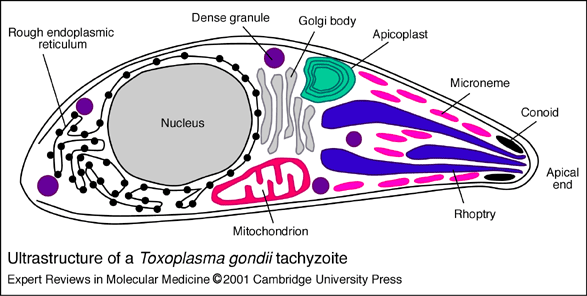 Here are our thoughts. As always, differences are points for discussion.
Here are our thoughts. As always, differences are points for discussion.
So how do we now generate questions for Markus? Well let's look at what we've got - and think about what we don't have. We seem to have the following statements in the summary:
1. New finding or development
2. Accepted knowledge
3. Methods or technology
But we don't seem to have any statements about:
4. Possible application – what we can use it for.
5. Aims of the research or reasons for doing it
Nor do we seem to have any of these:
6. Hypothesis
7. Evidence
8. Prediction
9. Future work
10. Question
11. Issue, analogy, speculation, scenario, point for discussion
12. Personal or other non-science statements
But hang on a minute. There are statements in the summary we haven't classified
yet, because they don't fit into one of the five most common categories. Here they are: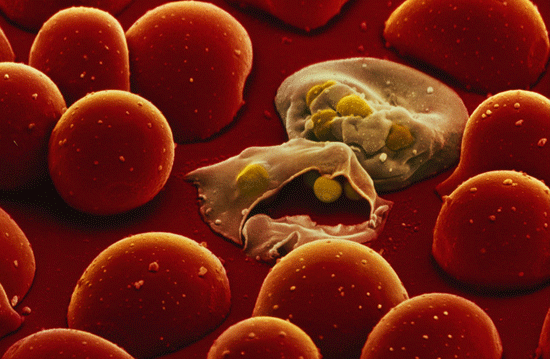
1. although little is known about the molecular machinery involved in this process.
2. suggesting that these mechanisms are unique.
3. Our data suggest that DrpA was likely recruited from the alveolate ancestor to function in fission of the symbiont and ultimately replaced the conserved division machinery of that symbiont.
What kind of statement do you think these are?
I'd say that 1 is the aim of the research, 2 is a hypothesis and 3 is either a new finding or a hypothesis suggested by the research that needs more work to test if it's true.
Aims
We can use our thoughts about these unclassified statements to give us Question 1 for Markus:
The paper says "little is known about the molecular machinery involved in this process". So was learning more about that machinery the aim of this piece of research? If not what was?
What else could we ask him about? Let's take a look at the conclusion, which is also unclassified:
"Our data suggest that DrpA was likely recruited from the alveolate ancestor to function in fission of the symbiont and ultimately replaced the conserved division machinery of that symbiont."
The words "our data suggest..." usually point to something important in a science paper. They tell us that what follows is either a New finding or a Hypothesis, depending on how strong the evidence is.
Use the mouse to hover over the other words in that sentence and try and get a feel for what it's about.
Now let's have a go at Question 2 for Markus. Something like this maybe:
Your wording in the conclusion makes us think it's a hypothesis. Is it - or are you pretty sure it's true?
What next? Well we can work through the main categories, looking at the statements we've got on each and thinking up questions we want answered.
Methods
Here are the methods statements from the summary:
"We generate a conditional dominant-negative TgDrpA cell line ..."
and
"Fluorescence recovery after photobleaching and time-lapse imaging studies provide evidence..."
The pop-ups tell us a little more about this, but it's still not easy to understand. Let's ask Markus. But because we've got a little information now, we don't just say, "Tell us how you did the research, please - we want to know all about the methods and equipment you used."
We're pretty sure we wouldn't understand the answer to that, right off.
 Instead we look at what we have, and ask Markus to expand and explain. We break the sentences down and, when we're dealing with methods and technology, we focus
on the verbs and we start with How questions.
Instead we look at what we have, and ask Markus to expand and explain. We break the sentences down and, when we're dealing with methods and technology, we focus
on the verbs and we start with How questions.
So what could we ask about this statement?
"We generate a conditional dominant-negative TgDrpA cell line ..."
This is saying that they've created a cell line of mutants in which, under certain conditions, TgDrpA doesn't work.
So what will we ask Markus about that? Well first off we'll ask him to reassure us that what we think it means actually is what it means. So we could ask him this: "Does that mean you created a cell line of mutants in which, under certain conditions, TgDrpA doesn't work?"
If Markus says yes, we could then go: "So how did you generate the cell line - and keep it as simple as you can please. :-)"
New findings
Questions arising naturally from new findings statements come in several different types. You might ask a How question - such as "How exactly did you find that out?" But notice that you're asking about Methods and technology there, not about the new finding itself.
In the same way if you ask how the new finding might be useful, you're asking about Applications.
There's no reason why you shouldn't ask these type of questions here. But it's useful to be clear in your own mind what type of question you are asking.
Questions about the new finding itself that aren't about Methods or Applications are usually about making sure we understand what the statement means - what it is the researchers actually found out - or at what the new finding told the researchers, and what it suggested they should do next, and why.
So let's take a look at the new findings statements in this summary. Here they are:
"Here, we demonstrate that a dynamin-related protein in Toxoplasma gondii (TgDrpA ) localizes to punctate regions on the apicoplast surface."
" and demonstrate that TgDrpA is essential for parasite growth and apicoplast biogenesis."
" provide evidence for a direct role for TgDrpA in apicoplast fission."
Let's focus on the first statement of the three. Nouns and phrases in it are: "dynamin-related protein" "Toxoplasma gondii", "TgDrpA", "punctate regions" and "apicoplast surface".
What do we want to ask about all that? Well how about:
"What does the fact that TgDrpA "localizes to punctate regions on the apicoplast surface" tell you?
"What did it suggest you should do next - and why?
Applications
One fairly important tip on generating questions for scientists. Please don't start with possible applications of the research, unless there are a lot of application statements in the paper you're looking at - which in this case there aren't.
Scientists get questions about applications of their research all the time, from journalists and other people who don't understand the science. They do understand about applications, so that's what they usually get the scientists to talk about.
Which can get very boring for the scientists.
What they want to talk about is what we know and don't know, what they think might be the explanation, what they're trying to do and how, what they've found out so far and what they are planning to do next. (existing knowledge, aims, hypotheses, methods, new findings, evidence, future work).
So whatever other questions you come up with for Markus, leave this one for last:
"We've noticed that your summary doesn't talk about possible applications of the research. Are there any? How can your research be applied in the real world? Why would you want to do that?"
Last thoughts on categories and questions
Remember, to really understand a scientist's work, you want to know all of the following about it :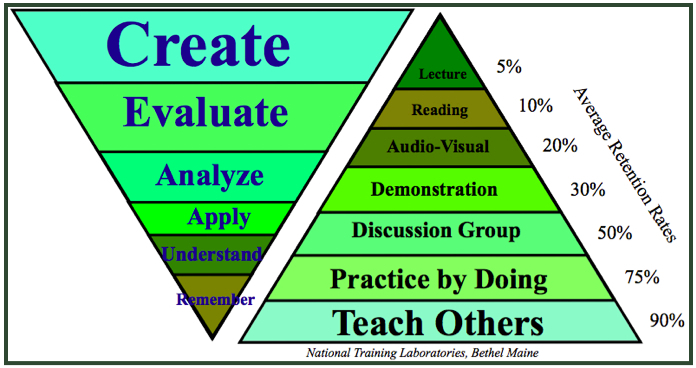
What are the aims of the research?
What are the new findings or developments?
What's the accepted knowledge we need to understand what's going on?
What methods or technology did the scientist use?
What are the possible applications of this research?
If we can get answers to the first set of questions we also have a second set. They are:
What hypothesis were you testing?
Did that generate a prediction?
What evidence did you find for or against your hypothesis?
What questions are still unanswered?
What future work do you want to do in this area?
What issues or points for discussion does this work raise?
You might also want to ask the scientist personal or non-science questions - which they might answer.
Further reading
1) DARTS in Times Educational Supplement Scotland 2) Directed activities related to text in primary school science. 3) Seeing through texts: developing discourse-based materials in teacher education. 4) Skimming and scanning
How to read a scientific paper: 1) University of Arizona, 2) School of Natural Science, Hampshire College, 3) Clayton State University

